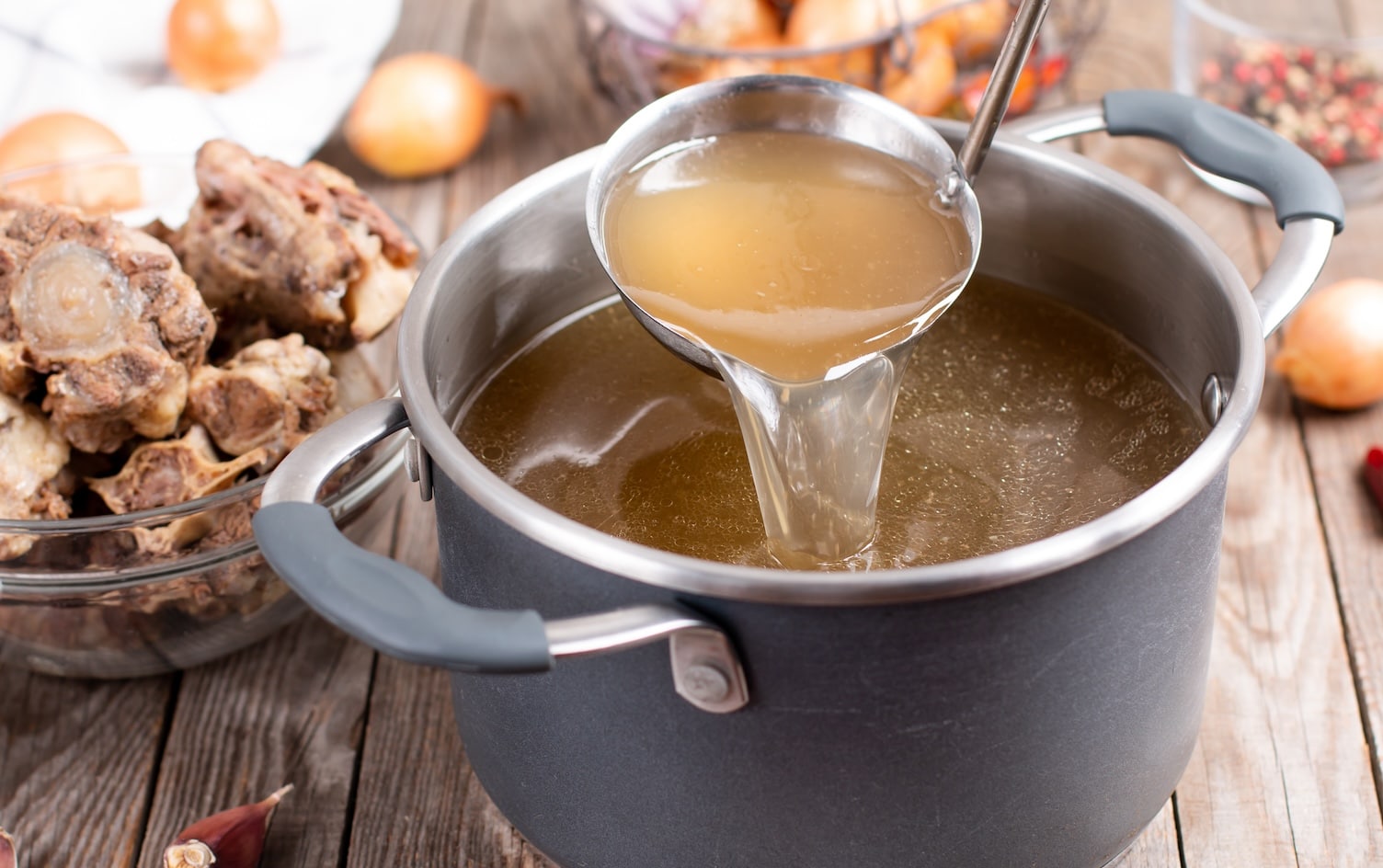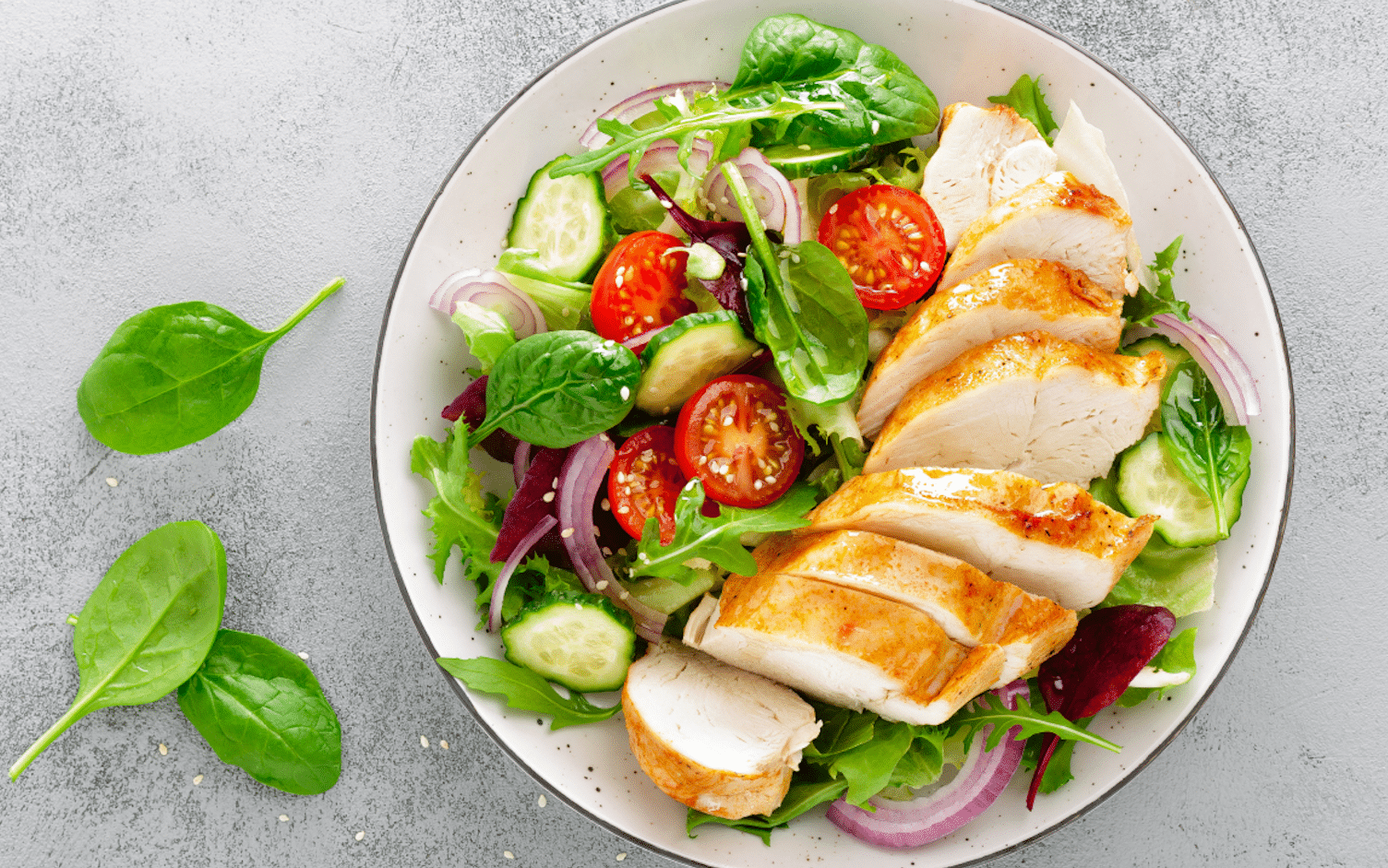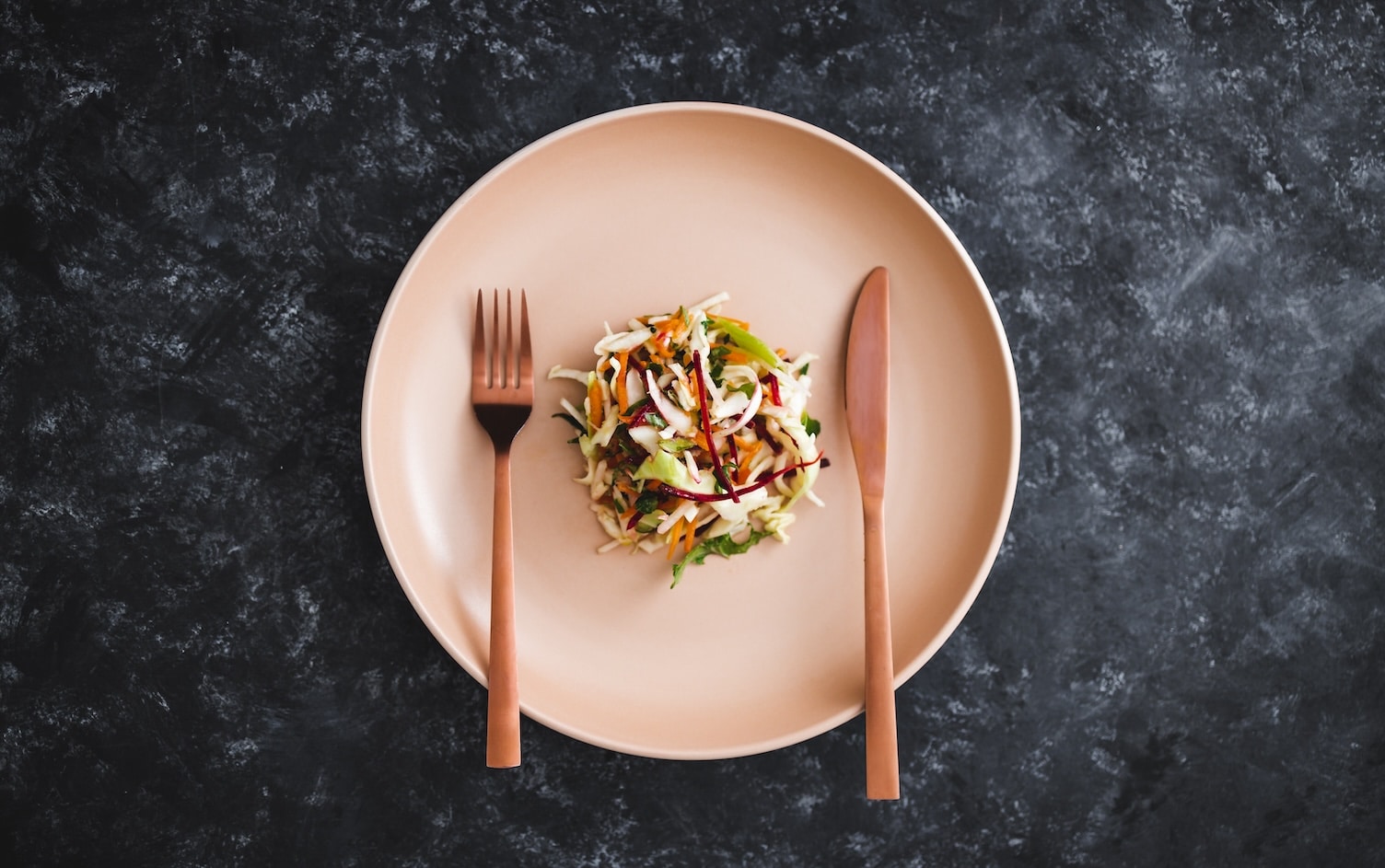Meal prepping means less day-to-day hassle in the kitchen, and having healthy options easily accessible means it’s easier to make good choices that aid with weight loss. But one pitfall of prep is cooking and handling so much food all at once can make it harder to follow proper food safety guidelines, like keeping your kitchen counters clean while working on multiple recipes and making sure things don’t sit out at room temperature for too long.
Whether you’re a die-hard meal prepper or just do it on occasion, here are some common mistakes you’re probably making (based on the FDA’s food safety guidelines) and how to avoid them.

The Fix: It goes without saying that food past its sell-by or best-before date is a bad idea, safety-wise, so it’s best to get in the habit of double-checking the dates on everything you buy. Make sure everything you buy has a sell-by or best-before date prior to not only when you’re buying it, but also when you plan to eat it. Grocery stores often put items with the earliest sell-by dates at the top of the pile or front of the shelf (because they need to get rid of them sooner), so it can be worth digging to the bottom or back for items that will stay good for longer.

The Fix: Proper storage — in the refrigerator, freezer or pantry — not only keeps food fresh for longer, it also prevents harmful bacteria from forming. Always store meat, fish and eggs in sealed containers in the fridge or freezer, and keep them in a separate drawer away from anything you’ll eat without cooking it such as fruits, veggies, cheeses and yogurt. Make sure your pantry staples are in sealed containers, too, so moisture stays out and mold and bacteria don’t have a chance to grow.
When it comes to produce, the rules vary based on the item. Here’s a great guide to how to store all of your fruits and veggies.

The Fix: Per the FDA, foods that need to be refrigerated or frozen shouldn’t sit out at room temperature for more than 2 hours, and no more than one hour if the temperature outside is 90°F (30°C) or hotter. This doesn’t just mean time spent on your counter — it includes the time those groceries spent in your shopping cart and in your car. Make it a habit to put everything away the second you get home.

The Fix: Have at least two cutting boards and use one for raw meat and the other for everything else. When you’re cooking a bunch of different recipes at once — roasted veggies in the oven, hard-boiled eggs on the stove, pork in the slow-cooker — it’s tempting to use the same cutting board, but raw meat leaves behind bacteria and other residue that even a good washing might not get out completely. Wash your cutting board thoroughly as soon as you’re finished preparing raw meat and at the end of every cooking session.

The Fix: Before opening a can of food, wash the top of the can with antibacterial soap and rinse it thoroughly. Canned foods like beans, tuna and tomatoes are convenient and healthy, making them great choices for meal prep, but dirt and germs that have accumulated on the outside of the can could easily cross-contaminate the contents inside when you open it.

The Fix: “Divide large amounts of leftovers into shallow containers for quicker cooling in the refrigerator,” the FDA advises. If you have a big pot of soup or stew and not enough small containers, you can transfer it to a large container, place that container in an ice bath (a mixture of cold water and ice), and stir until the mixture is about room temperature and cool enough to refrigerate. Just remember, waiting for hot food to cool at room temperature before putting it in the fridge is dangerous, and it’s worth risking momentarily rising the internal temperature of your fridge.

The Fix: When you’re putting away food that’s warm or at room temperature, make sure you leave enough room around each item so cold air can circulate and keep everything fresh. Once food is properly chilled, it’s fine to stack things close or on top of each other.

The Fix: Check your refrigerator and freezer temperatures regularly. When was the last time you checked to make sure the inside of your fridge was under 40°F (4.4°C) and that your freezer was under 0°F (-18°C)? Too much opening and closing can bring temperatures way above the levels deemed safe by the FDA. It’s OK to rely on the built-in thermometers, but an even better bet is to buy your own thermometers and leave them inside.

The Fix: Cooked food shouldn’t be in the refrigerator more than 3–4 days, per the FDA. If you want to cook a whole week’s worth of meals, freeze anything you won’t eat within four days, then thaw it overnight in the refrigerator the day before consuming. Hard-boiled eggs are the exception and will keep in the refrigerator for up to a week.
Originally published September 2018, updated September 2022
Ready to take the next step? Unlock MyFitnessPal Premium to access custom goal settings, quick-log recipes, and guided plans from a registered dietitian. Premium users are 65% more likely to reach their weight loss goals!




